Q&A: Recognizing a herniated disc the hard way


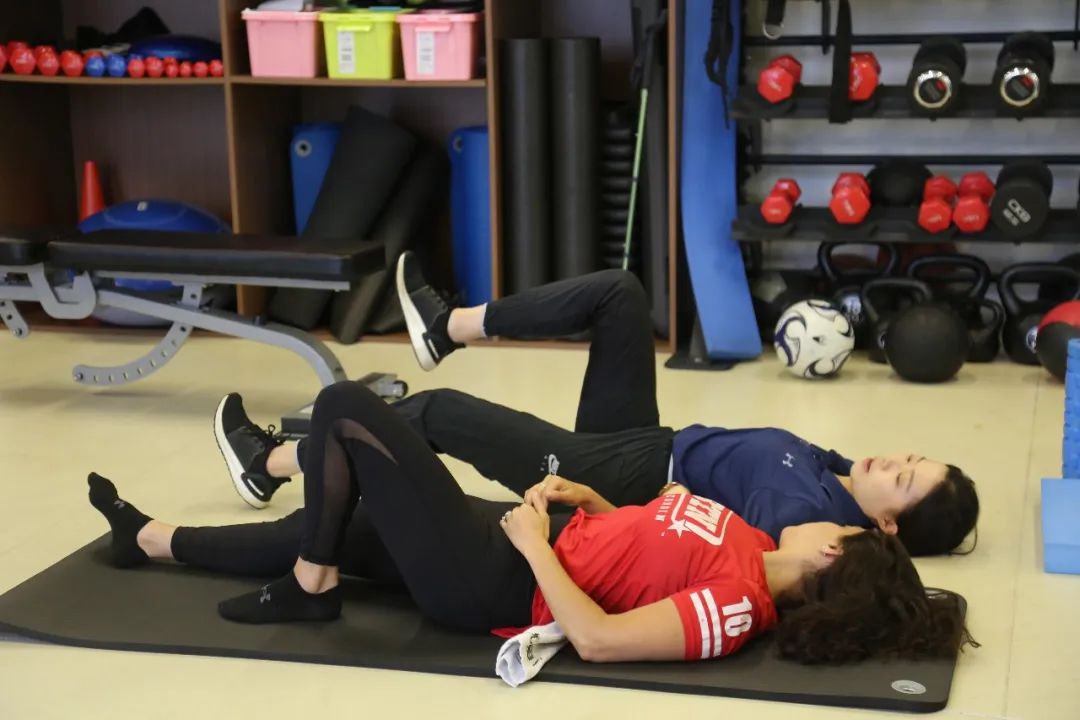
Author | Lauren
Photographer | Tyrone
Lower back pain is quite common – sometimes it comes from not utilizing other muscle groups correctly, overdoing it in our workouts or even just tweaking something on accident. Oftentimes it can go away after rest or stretching, but sometimes there is more underlying trauma that needs to be addressed.
Sophie, a managing editor for That’s Shanghai, is not unfamiliar with sport – she does everything from jogging and pilates to lifting weights and HIIT. She has had lower back pain for years, but one day the pain became too much – which led to surgery and a long road to recovery. She tells us about her experience learning the very hard way about the pain that comes with disc herniation and not getting seen soon enough, as well as what it takes to recover and prevent something like this from happening to you.
You started with lower back pain, but that grew into something a lot more serious. Can you talk us through the initial injury and what happened?
My injury happened gradually, then all at once. I had hurt my lower back numerous times throughout my adult life. I would rest, wait a week or two for it to feel fine, and immediately go back to what I was doing before. But, in the last few years, the pain would be worse, it would last longer, and it would never fully go away. I was doing functional training nearly every day, and on a few separate occasions, I remember times when I was in a lot of pain afterwards – in my lower back and eventually in my glute and down my leg (what I later found out was due to nerve pain.)
I would do nearly an hour of stretching every day, but the pain continued as I continued to exercise, only modifying along the way but never completely taking time off. One day, while in a cardio class, I felt pain unlike I had ever felt before. I went home and tried to do light stretching for over two hours. I tried hot packs, cool packs, and nothing worked.
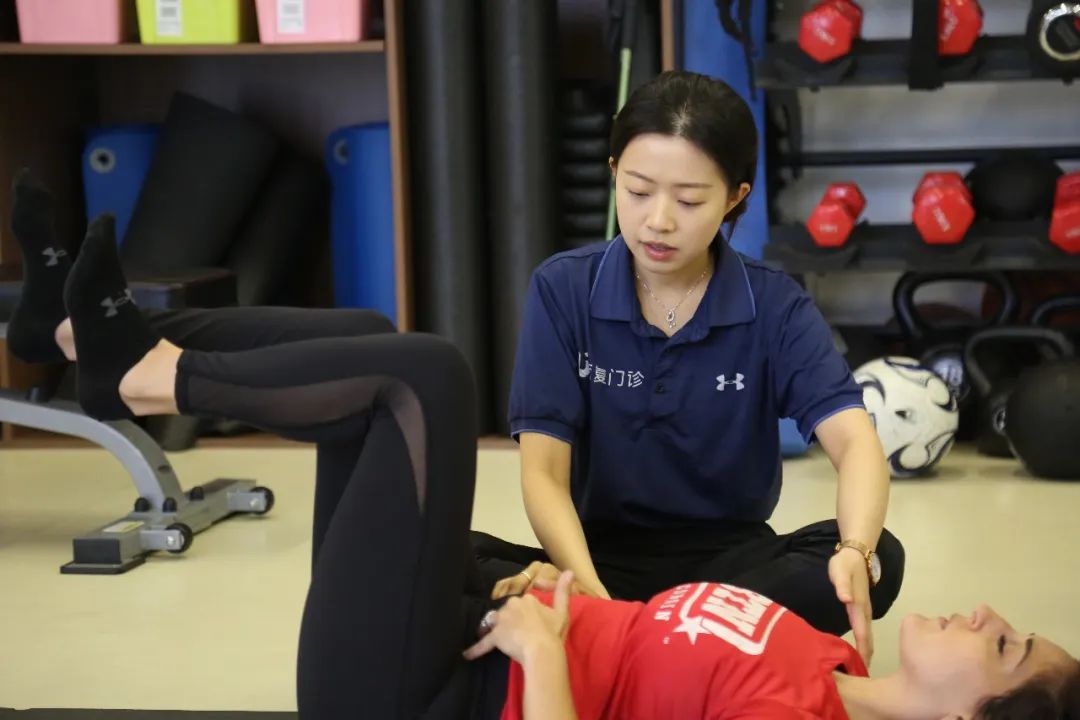
And needless to say, you decided to dig a bit deeper into things at that point?
After 2-3 days of nearly unbearable pain, I went to the doctor who – within minutes – realized something was very wrong. He called to have me do an emergency MRI right there, and my results showed I had herniated nearly 75% of my L5-S1 disc outside of my spine, the majority of which was pushing into my spinal cord. Furthermore, the nucleus of the disc itself had also herniated outside of the disc – not an ideal situation to say the least.
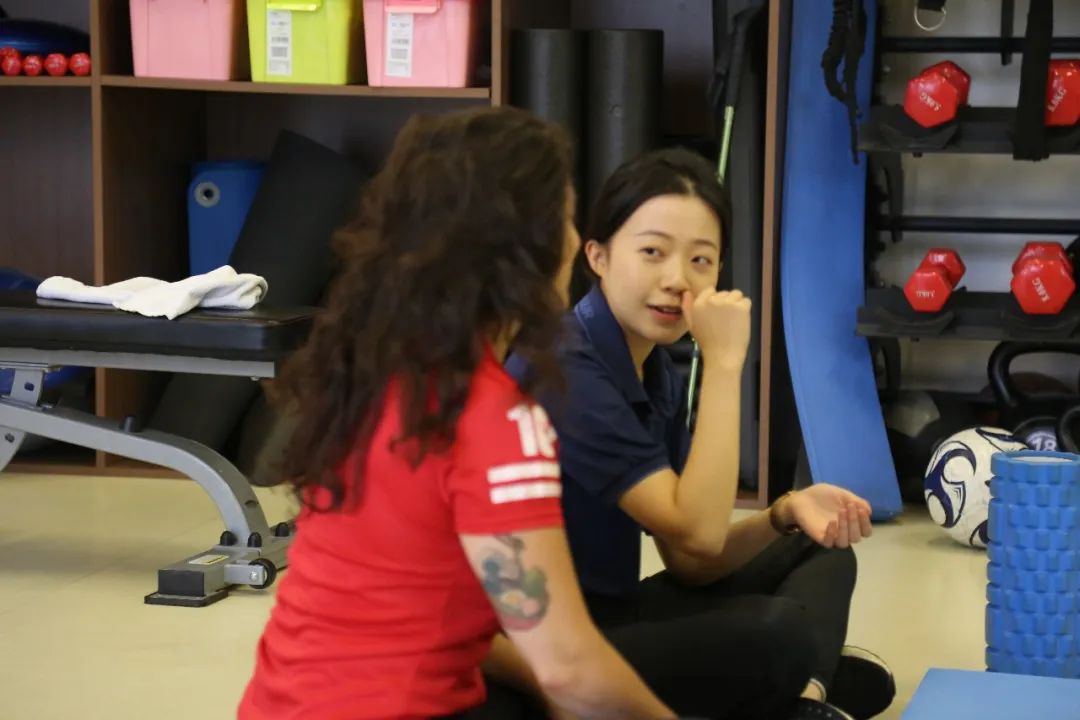
That sounds excruciating. Could you describe how it felt in case it might help others identify a similar issue?
Since my herniated disc was pushing directly on my nerves, I felt unrelenting, intolerable pain radiating from my right glute down to my foot that felt like an intense muscle cramp – kind of like a full leg charley-horse. My back also felt quite sore and stiff, but the majority of the worst pain at this point was the nerve pain down the back of my leg.
It hurt pretty much all the time. Since it took a few weeks from when I had the MRI to be able to schedule the surgery and have it approved by insurance, those few weeks were pretty awful. I was prescribed nerve pain medication, muscle relaxants, and an opiod pain reliever (pretty rare in China to have that prescribed), but nothing really touched the pain. The only thing that provided slight relief – only sometimes – was walking. So in those weeks, I was averaging 30,000 steps a day, just trying to get any relief I could. I didn’t sleep more than a few hours at night because the pain would wake me up, so I would just pace my apartment or neighborhood in the middle of the night.
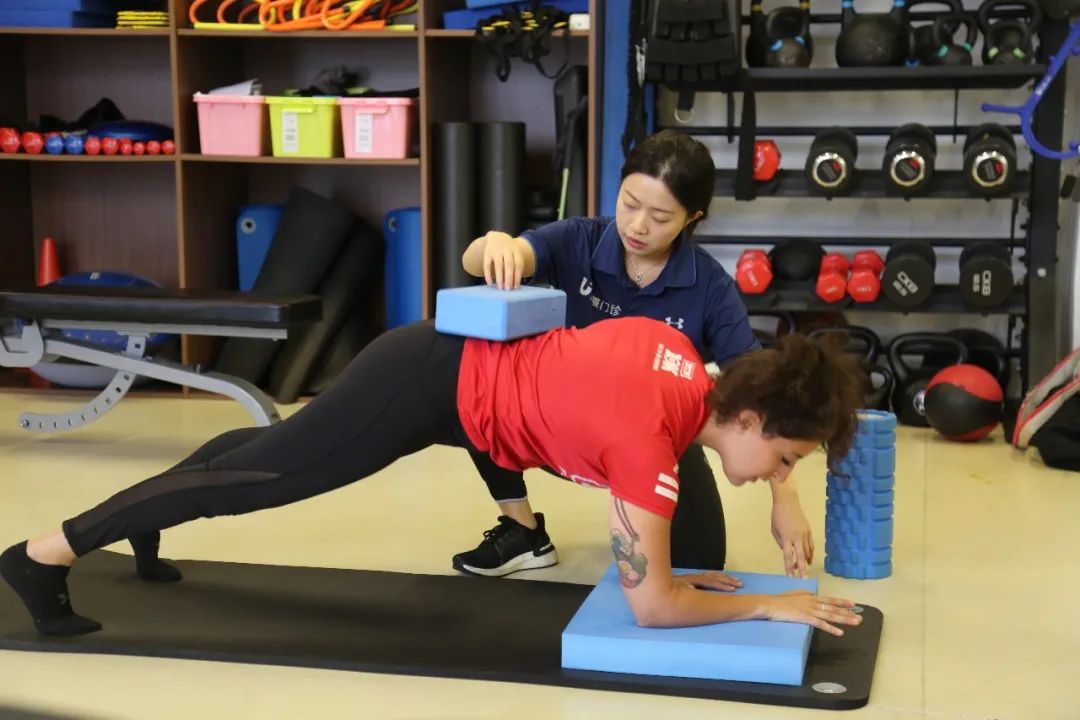
What was your prescribed plan of treatment once you received the diagnosis?Following surgery, what was the most difficult part of the whole process?
Microdiscectomy surgery followed by physical therapy.
After waking up from surgery, I felt completely numb from the waist down. I told the nurse and she immediately did a check to make sure I wasn’t paralyzed. Thank god I wasn’t, but the only way I could move was with a walker at first, and then with a cane before I could walk on my own. Once I started up physical therapy, I had very delayed improvements – issues that still aren’t fully recovered today – more than 13 months after having surgery.
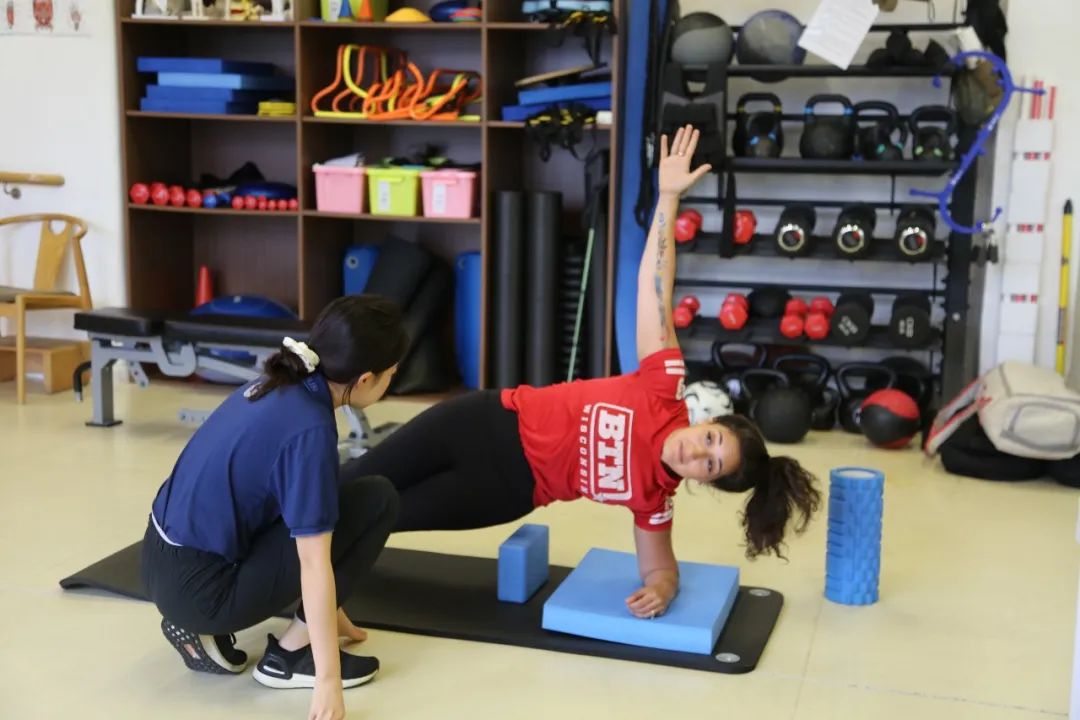
That’s incredibly frightening. What about any good or ‘aha’ moments when things started to click?
In the months following the surgery, I started to have bad lower back pain and pain down my left leg that felt similar to some of the nerve pain I was feeling at times on the right side before surgery. I thought I had somehow herniated my disc again, but another MRI showed that I hadn’t. Instead, my left leg was being over-used since the right one was still weak from the nerve damage following the disc herniation, so with the left leg overcompensating, the muscles tightened so much that it caused pain that felt like the nerve pain from before.
In physical therapy, we tried many things, but I couldn’t get relief. Finally, one of the spinal surgeons suggested I try dry-needling, a “Western” type of acupuncture. It was super painful at first, but I felt a noticeable improvement following my session. I ended up doing a few more sessions, and that coupled with lots of stretching helped to release a lot of the tension in my left leg and force my right leg to work more to even out my gait.
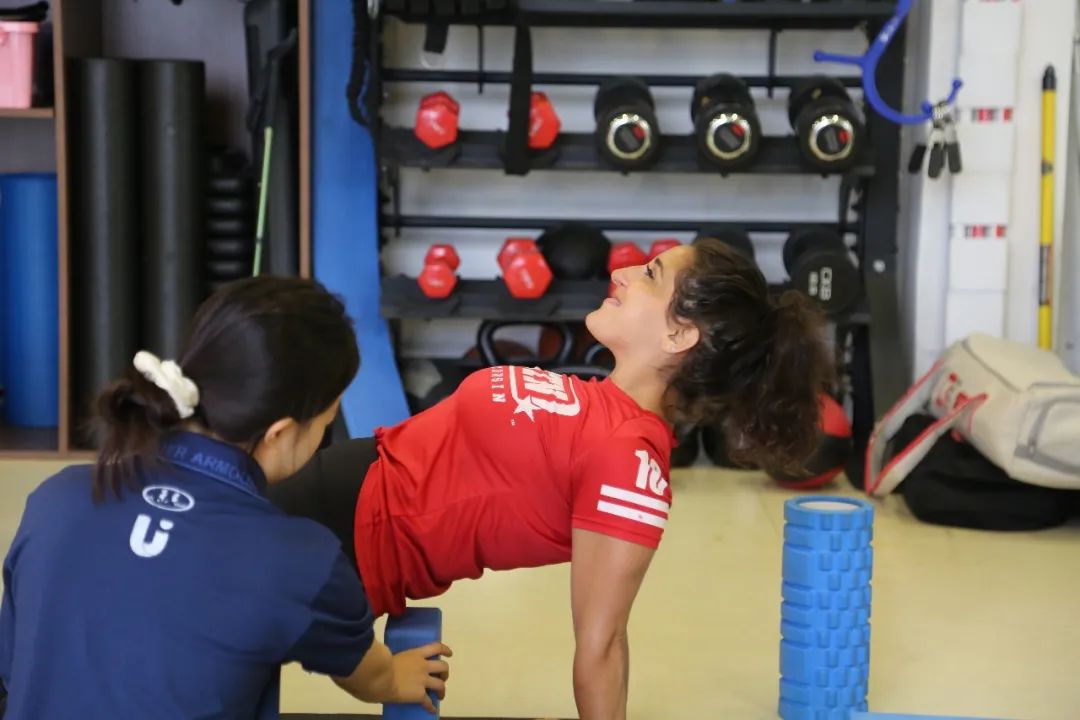
How often did you come in for physiotherapy after surgery?
I had surgery one month before the Shanghai lockdown. Not ideal timing. So right around when I was supposed to start physical therapy, the city shut down. A few weeks into lockdown, I left Shanghai and went to Bangkok to be treated at Bumrungrad Hospital there, one of the top hospital’s in Asia. There, I was doing PT 1-2 times a week.
Then, I was traveling for a while while Shanghai was still trying to get back on its feet, and during that time I wasn’t doing any regular physical therapy. Finally, nine months after my surgery, I returned to Shanghai and started doing physical therapy two times per week again with my therapist Kennis. I’ve been doing that schedule for three months now.
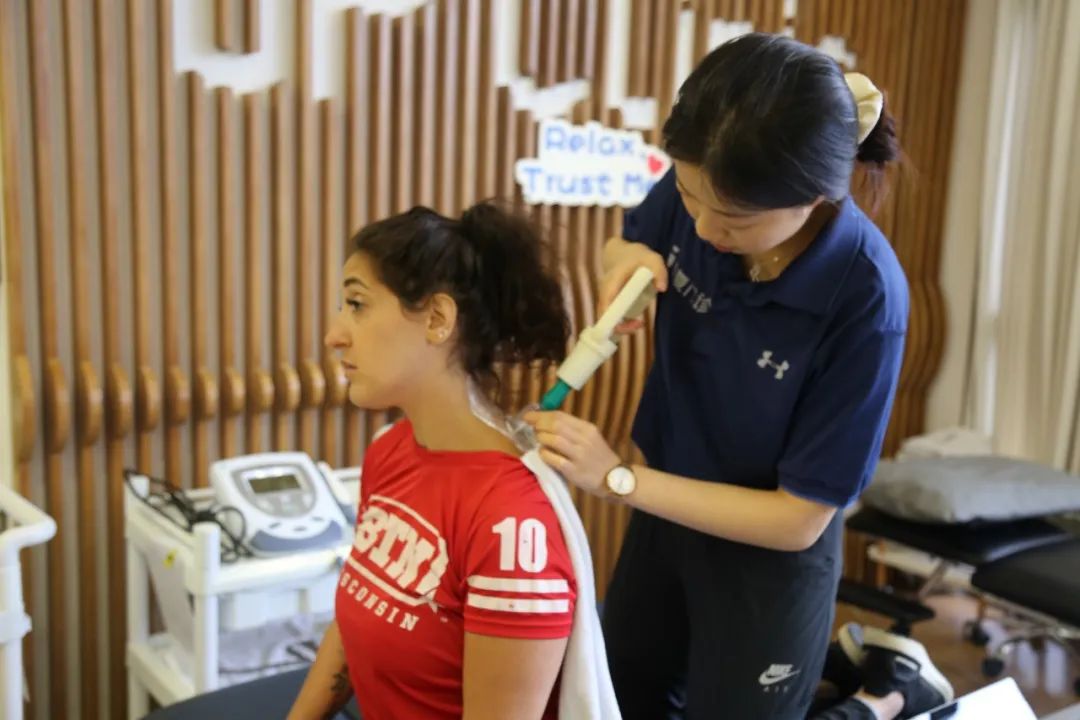
Since you’ve returned, have you noticed any differences or improvements?
In the three months prior to returning to Shanghai, my improvement had really plateaued. I was constantly worried about the stability of my back and I was seeing no strength improvement in my right leg (and then my left leg was constantly sore because it was overcompensating for the nerve-damaged right leg). During the 3 months I’ve been back in Shanghai and working with Kennis regularly, I’ve seen noticeable improvements in leg strength, muscle size and gait, so this gives me motivation to continue.
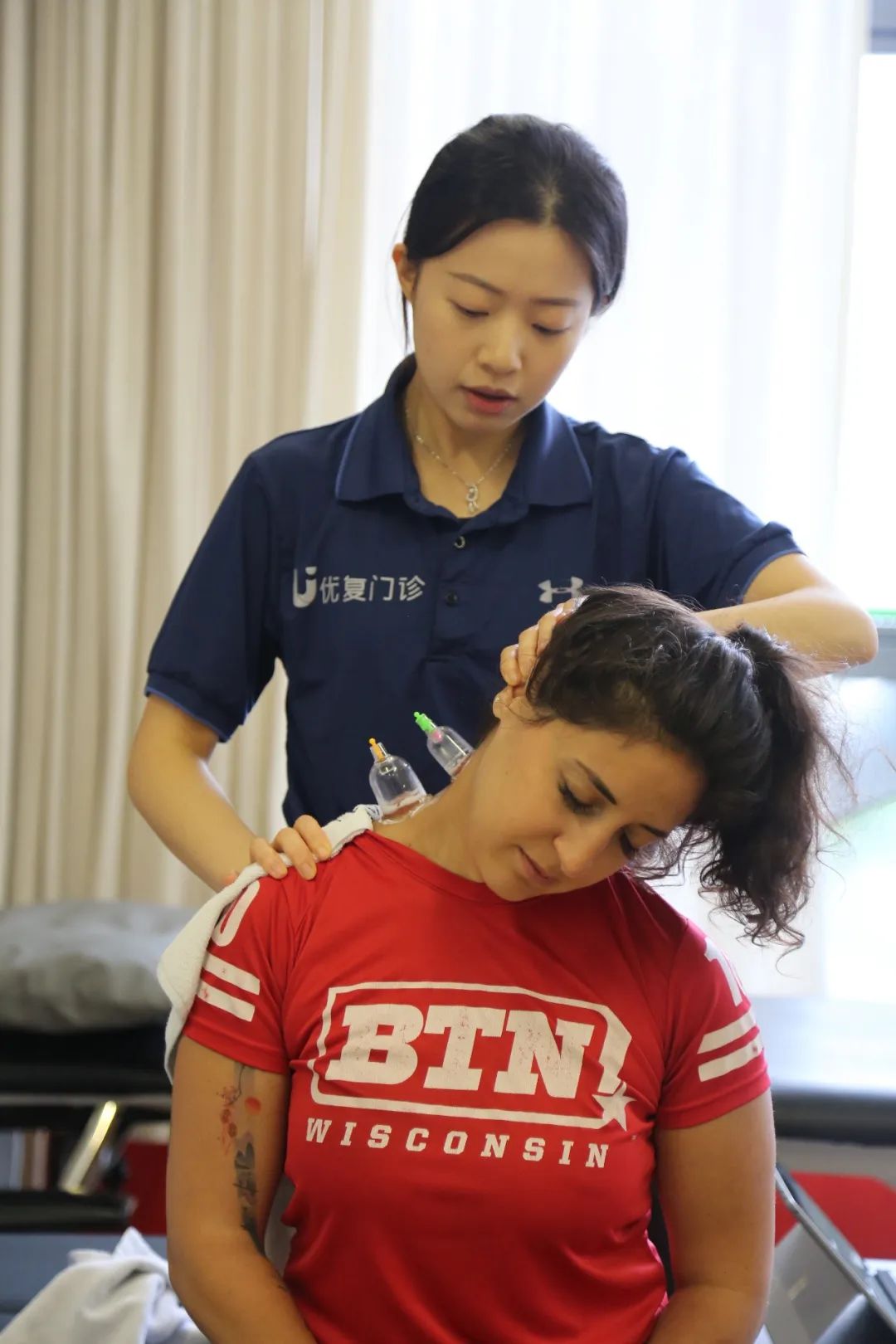
In the most recent three months, what types of exercises have you done that have made a positive impact with your recovery plan?
Calf raise variations, glute band exercises, lots of lunges… I’ve also been going to Megaformer, which has been really good for targeting the stabilizer muscles in my legs and strengthening my core.
That’s wonderful to hear that you’re feeling more confident with your recovery program and noticing progress. After your whole experience, is there any advice you have for someone dealing with similar pain or wondering if they should get seen?
I should have been seen and had an MRI months earlier than I did. I kept thinking it must just be muscle cramps or a sore back, and I would continue to exercise on it, assuming the pain would eventually go away if I just stretched enough. If I would have gone to the doctor sooner, I could have potentially avoided surgery and nerve damage that has continued to affect my daily life for the last year and a half.
Most disc herniations don’t need surgery if they are caught and treated early enough. Don’t be stubborn like me and cause life-long nerve damage and pain issues; deal with it before it gets to that point.
Thank you Sophie for sharing your story and the importance of getting seen early and often to try and prevent more serious issues down the road.
Do you think you are suffering from a herniated disc? Read on to learn more about what it is and how to recognize and treat it.
What is a herniated disc?
Disc herniation is a condition that can occur anywhere along the spine, but most often occurs in the lower back. A spinal disc has a soft and jellylike centre (nucleus) encased in a tougher, rubbery exterior (annulus). Disc herniation refers to a problem when the nucleus pushes out through a tear in the annulus.
How can I recognize the symptoms?
Symptoms of disc herniation can vary depending on the location and severity of the herniated disc. Common symptoms include pain, numbness, or weakness in an arm or leg. Additionally increased discomfort in the lower back when coughing or sneezing is a very common sign of a disc pathology because the increased abdominal pressure puts stress on the disc. Disc pain tends to be more horizontal in nature and most commonly is aggravated when flexing the lumbar spine forward (but not always). More typical mechanical low back pain is commonly aggravated with extension and compression on the lumbar spine.
In most cases, a physical exam and a medical history are required for a diagnosis. Some clinicians may also refer for further imaging investigation like X-ray or MRI if they suspect another condition or need to see which nerves are affected. During the physical exam, the clinician will check the back and seek for location of tenderness. You might also be asked to lie flat and move your legs into various positions to help and determine the cause of pain. In some cases, a neurological exam may also be performed such as checking reflexes, muscle strength, walking ability or reaction/ability to feel light touches, pinpricks, temperature or vibration etc.
If you think you have a herniated disc, what should you do?
It is suggested to seek proper medical attention if your neck or back pain travels down your arm or leg, or if you also have numbness, tingling or feel weak.
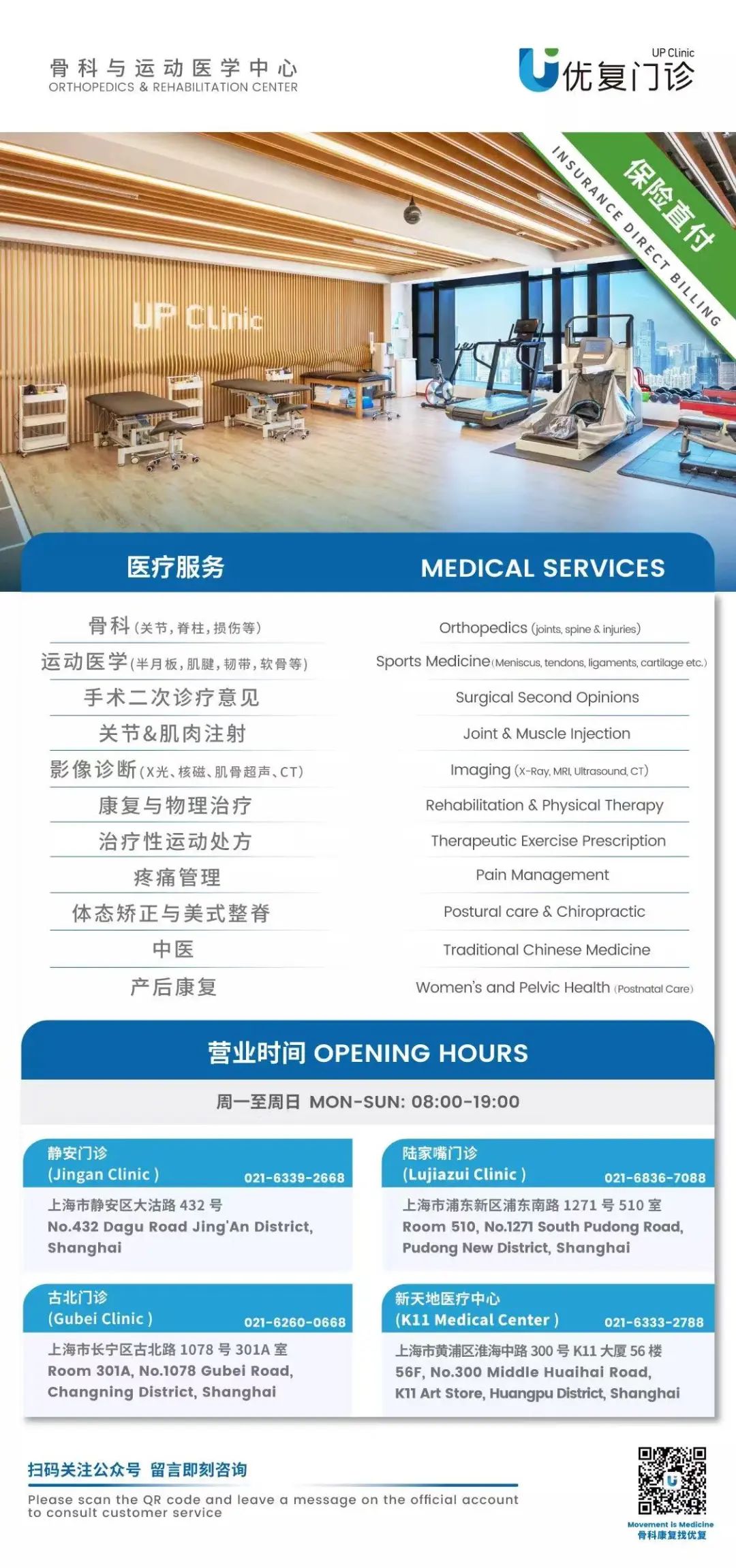
本篇文章來源于微信公衆号: 上海優複門診部

